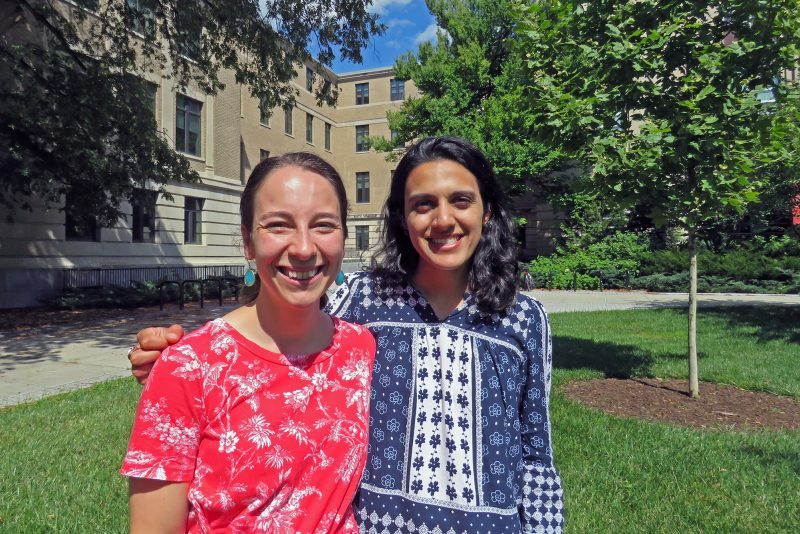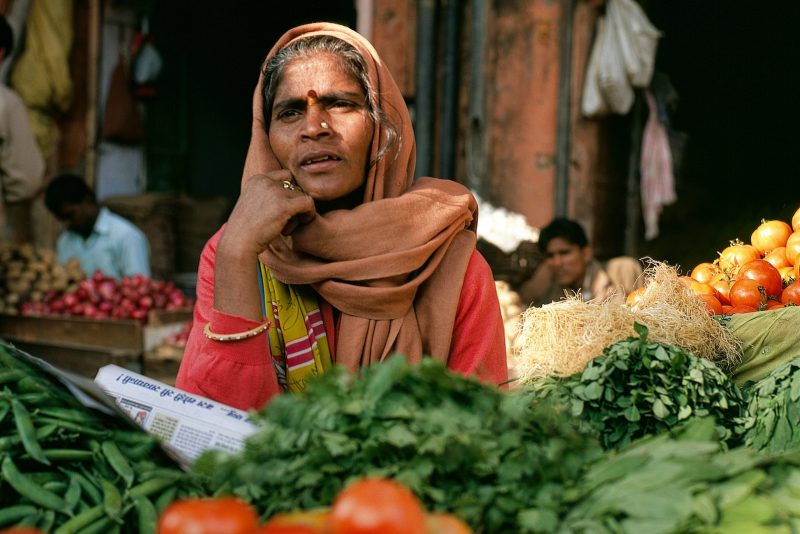From food security to reducing malnutrition: Misplaced policy priorities
A more nuanced understanding of how food and agricultural policies in India have evolved over time could be a very useful guide in understanding why nutritional outcomes continue to fare poorly. It is a widely accepted fact that the agricultural sector remains key to improved nutritional status. However, given the role played by electoral arithmetic and political economy factors in the formulation of economic policies, one cannot ignore how changing political paradigms and priorities have affected agricultural policies. This, in turn, has serious implications for the nutritional outcomes in India.
At TCI, my research takes a retrospective view of the changing policy paradigms regarding agriculture and food policy in India. In my work here, I study how the policy framework has not been able to evolve around the larger rubric of a “nutrition” policy with clear aims to tackle malnutrition in its multiple dimensions. The ultimate aim of adequate food intake is to have a nourished body and healthy living. Merely sufficient food quantity is not enough. It is however strange to note that this easy logic seems to have no takers and the issue of malnutrition receives merely lip service.
Malnutrition and policy priorities
India prides itself on having come a long way from the days it depended upon food aid to alleviate hunger. Post the green revolution of the 1960s, massive productivity gains led to self-sufficiency in food production. This pride, however, is tainted by the poor performance on the nutrition front. What ails agricultural policy is that it has not led to sufficient nutritional gains. I (along with Prabhu Pingali and Bhaskar Mitra) explore this question in a forthcoming paper in the journal Global Food Security, where we talk about this disconnect between policy priorities and the malnutrition challenges in the country. We deliberate upon the long and difficult path it has been to move from food security as the welfare objective, to improved nutrition as the overarching goal.
If one looks at the current agriculture and food policy, farmer’s interests are at the forefront. The stated objective of this has been to increase agricultural profitability and reduce farmer distress. Immediately after assuming office, the current Prime Minister promised all his efforts to double farmer’s income by 2022. Before that, the earlier government had waived off loans in an unprecedented bailout announcement in 2008-09 as a relief measure for distressed farmers. While agricultural policies need to have welfare of farmers as the objective, it needs to be in tune with the nutritional challenges facing the country as well. Across the globe, it is increasingly being realized that merely greater income or higher economic growth is not sufficient for reducing malnutrition. Ultimately, farmers are also consumers of food and their overall welfare depends upon what is grown and available in the market as well.
If one looks at the state wise performance in nutrition, while it is clear that the poorer states of Uttar Pradesh, Bihar, Jharkhand, Chhattisgarh and Madhya Pradesh fare worst on the nutritional indicators, poorer performance of the relatively better off states like Gujarat and Maharashtra raises serious questions (Figure 1). This offers a useful illustration of how things have gone wrong on nutrition. Focusing only on income growth as a driver of nutrition or self-sufficiency in food production as a metric for nutrition is misplaced.
Food security schemes
Moving beyond this meta-question of why the policy circles have not accorded enough attention to nutrition, my research at TCI also explores the micro-questions on how the food based social support programs work and the issues faced therein. In my ongoing research, I look at the Public Distribution System (PDS) and food procurement operations in a more detailed way as the policy changes in the procurement and distribution of food lies at the heart of changing the food security narrative in India.
Among the two major government sponsored initiatives, National Food Security Mission (NFSM) was launched in 2007 for encouraging food production, and the National Food Security Bill became a law (National Food Security Act (NFSA)) in 2013. To support rural income, National Rural Employment Guarantee Scheme (NREGA, later renamed as Mahatma Gandhi NREGA (MG-NREGA)) was launched in 2004. The other existing food assistance schemes such as the Public Distribution System (PDS), Integrated Child Development Scheme (ICDS) and the Mid-Day Meal Scheme (MDMS) also got a new lease of life with rapid improvements in their functions. These schemes, especially PDS and ICDS, which were declared as non-functional, have showed remarkable improvements over time.
To complement the improvements in the PDS, state governments have been trying to overhaul the grains procurement side as well. Traditionally, the Food Corporation of India (FCI) has been responsible for the procurement, storage and transportation of the food grains, while food distribution remains the job of state governments. In 1997-98, the Government of India, introduced the Decentralized Procurement Scheme (DCP), under which the state government could carry out procurement and distribution of foodgrains themselves. The High Level Committee on restructuring of Food Corporation of India (FCI) which came out with a report in 2015 also called for a complete move towards decentralization pointing out the diseconomies of scale inherent in FCI’s operations. DCP would ensure greater coverage of farmers under the minimum support price, improvements in procurement efficiency, reduction in losses during transit and the promotion of procurement in the non-traditional regions of the country. Initially, not many states were inclined towards adopting the new DCP system, but gradually many of these states have moved towards it. Until now, 12 states have adopted DCP and have benefited not only from an increase in procurement, but production as well.
Moving from a national to sub-national policy perspective, why only 12 states and not the others is a natural follow up question. India is a federal republic where agriculture is a state subject. State governments are using their authority to reform agriculture. Watch out for this space as I move from a discussion on the national level policy reforms to sub-national policy innovations in my next blog.
By Andaleeb Rahman
Andaleeb Rahman (ar687@cornell.edu) is a Postdoctoral Associate at the Tata-Cornell Institute (TCI). His research focuses on the reforms in food and agricultural policy in India and its implications for nutritional outcomes. More specifically, his work explores the changing nature of food procurement and distribution in India. Follow him on twitter @AndaleebR.




